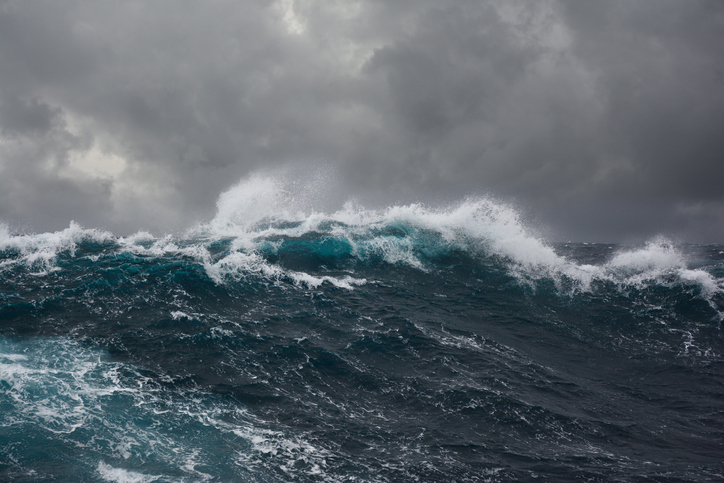After over a decade of tough negotiations, more than 100 United Nations member countries have agreed to the first-ever treaty to protect the world’s oceans outside national boundaries. The UN High Seas Treaty places 30% of the world’s oceans into protected areas, puts more money into marine conservation, and means new rules for mining at sea.
Economic interests were a major sticking point throughout the latest round of negotiations with developing countries calling for a greater share of the spoils from the “blue economy,” including technology transfer.
Key measures include:
- Placing 30% of the world’s international waters into protected areas by 2030.
- Arrangements for sharing marine genetic resources, such as biological material from plants and animals in the ocean. These can have benefits for society, such as pharmaceuticals and food.
- Requirements for environmental assessments for deep sea activities like mining.
What Are he High Seas?
The high seas begin at the border of countries’ exclusive economic zones, which extend up to 370km (200 nautical miles) from coastlines. Beyond that point, the seas are under the jurisdiction of no country. Only about 1 percent of the high seas are currently protected.

